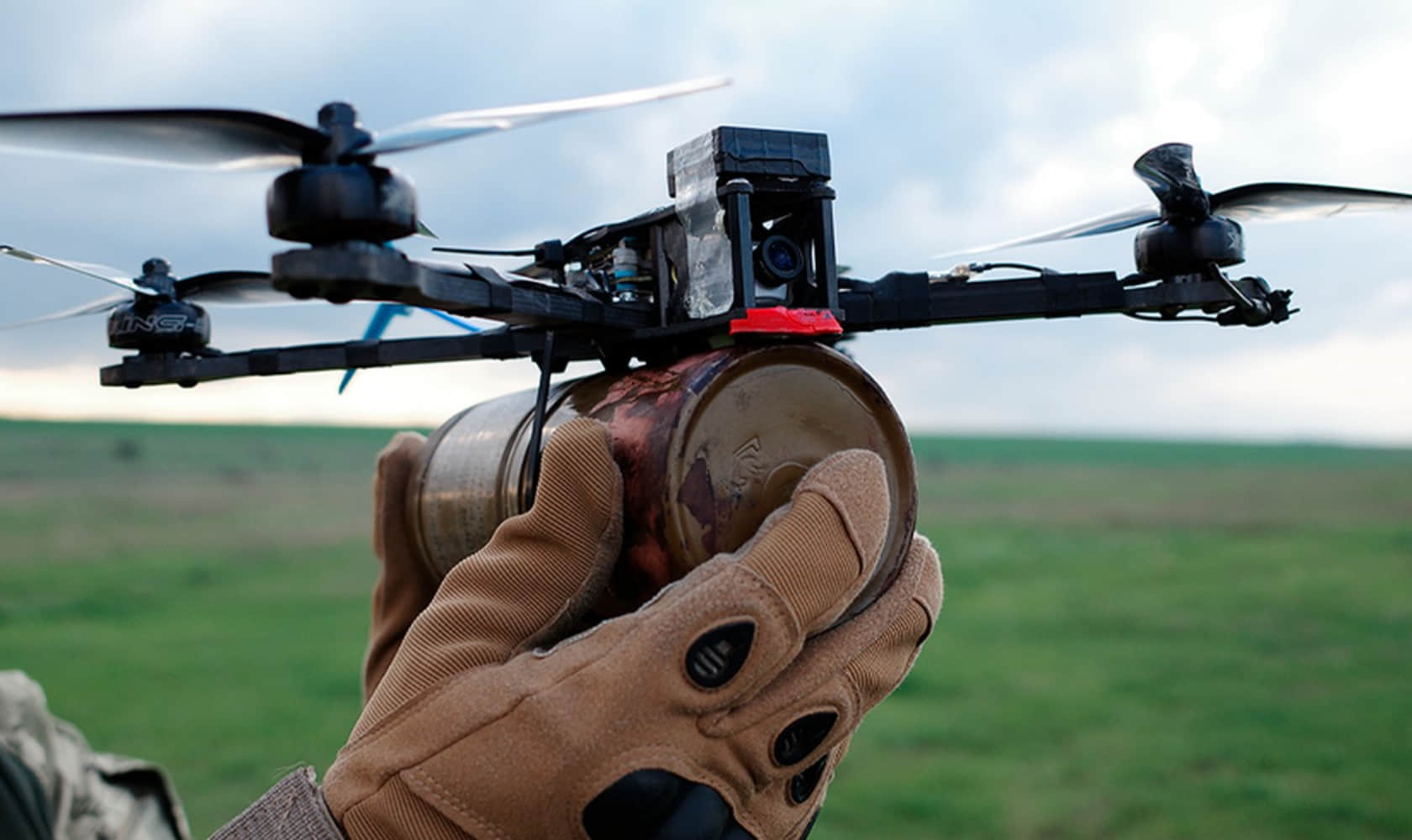The future of warfare appears to be shifting away from high-tech weaponry towards low-tech, cost-effective solutions, with swarms of drones causing significant disruption in the Ukraine conflict. These drones present a new set of challenges for Western military forces, primarily because they are extremely difficult to detect and neutralize. Their minimal metal content renders them nearly invisible to radar, and their small size and agility make them hard targets for conventional defence systems.
One notable example is the Switchblade drones manufactured by AeroVironment. These handheld drones carry a 1.6 kg payload and have a range of 30 km. Such drones have demonstrated remarkable effectiveness due to their ability to carry explosives directly to a target, operating as precision-guided munitions on a micro scale.
In Ukraine, the military has adapted sports FPV (First Person View) drones for combat use. These drones are more manoeuvrable and faster than conventional consumer drones, such as those used for filming weddings. Their high speeds and inability to hover make them even harder to detect and shoot down. A typical FPV drone can carry up to 1.5 kg of explosives and fly distances up to 8 km without requiring a signal repeater, reaching speeds of up to 60 km/h.
Volunteer groups in cities like Ivano-Frankivsk are assembling and deploying drones capable of carrying explosives to the front lines. These quadcopters are instrumental in destroying Russian light vehicles and eliminating personnel, all while keeping Ukrainian soldiers out of harm’s way. This grassroots innovation showcases the adaptability and ingenuity present in modern conflict zones.
The future advancements of these drones will likely hinge on the development of more efficient batteries and improved antennas to extend their operational range. Additionally, sophisticated software capable of orchestrating tactical manoeuvres and coordinated attacks could make drone swarms even more formidable. Imagine 300 small drones, each capable of executing complex attack formations, overwhelming defences, and potentially sinking an aircraft carrier if used strategically.
The economic aspect of drone warfare is also noteworthy. If engineers can develop a suicide drone weighing around 5 kg with a 2 kg warhead and a 50 km range, the cost-effectiveness becomes strikingly apparent. Considering that the production cost of a drone in Ukraine is approximately $400, the cost of one F-16 fighter jet could theoretically equate to 157,500 drones. While this comparison might seem extreme, it underscores the potential for drones to revolutionize the cost dynamics of warfare.
Overall, the proliferation of low-tech drone swarms represents a significant shift in military strategy, emphasizing cost efficiency and adaptability over traditional high-tech weaponry.
#modernwar #drone #ukraineconflict





